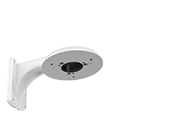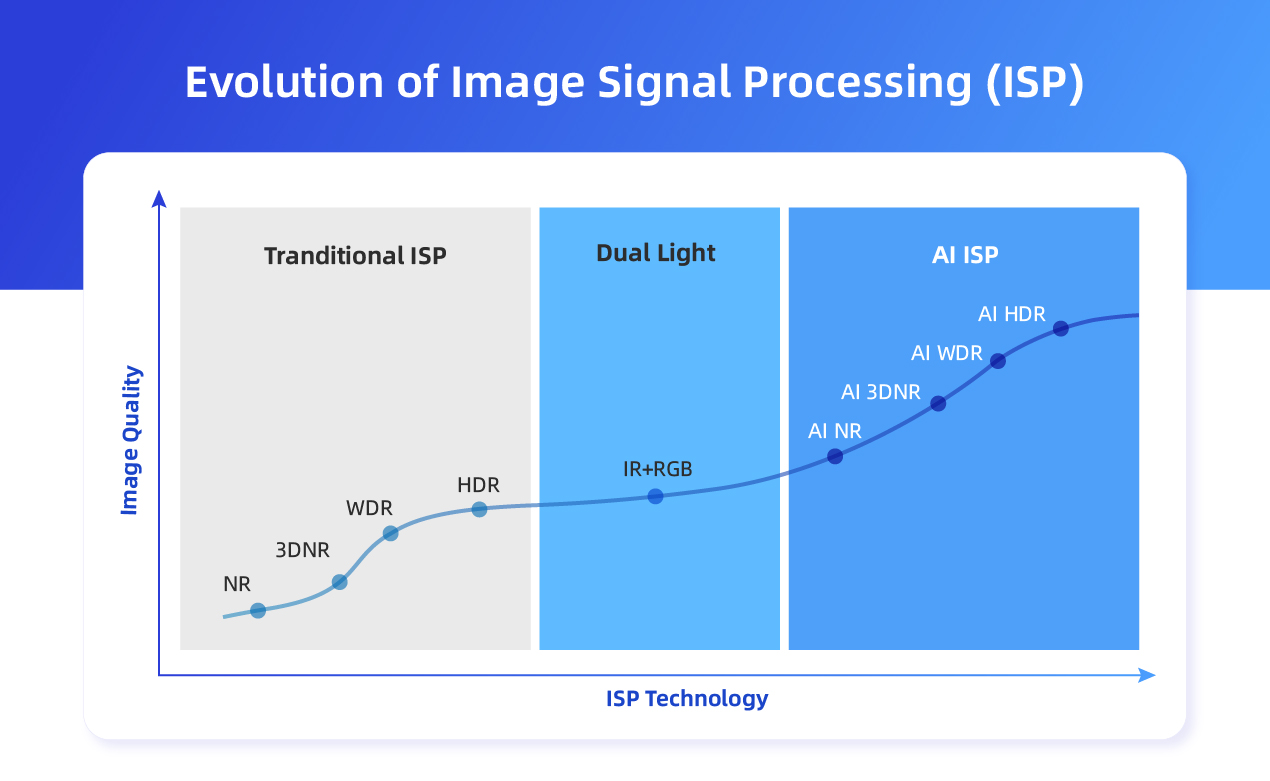AI-driven Transformation: Over the past few years, the advent of artificial intelligence and deep learning has sparked a revolution in the realm of ISP. AI-ISP harnesses vast datasets and deep neural networks to meticulously refine image processing techniques.
Personalization and Adaptability: AI possesses the capability to adapt and tailor its processing methodologies to varying shooting conditions, seamlessly accommodating individual user preferences with personalized adjustments.
Performance in High Dynamic Range and Low Light: AI-ISP excels in challenging scenarios such as high dynamic range (HDR) and low-light environments, delivering unparalleled image quality that surpasses traditional methods.
Innovative Applications: Beyond fundamental image processing tasks, AI-ISP showcases its versatility through advanced functionalities like image style transfer and super-resolution reconstruction, unlocking a realm of innovative possibilities.
Hardware Advancements: Dramatic enhancements in processor performance, notably within GPUs and dedicated AI accelerators, have facilitated the real-time execution of intricate AI algorithms on various devices.
Software Innovations: The advent of novel algorithms and model designs has ushered in a new era of image processing, marked by heightened quality and efficiency.
Data-Driven: The abundance of vast image datasets has laid the groundwork for training deep learning models, serving as a cornerstone for the triumph of AI-ISP.
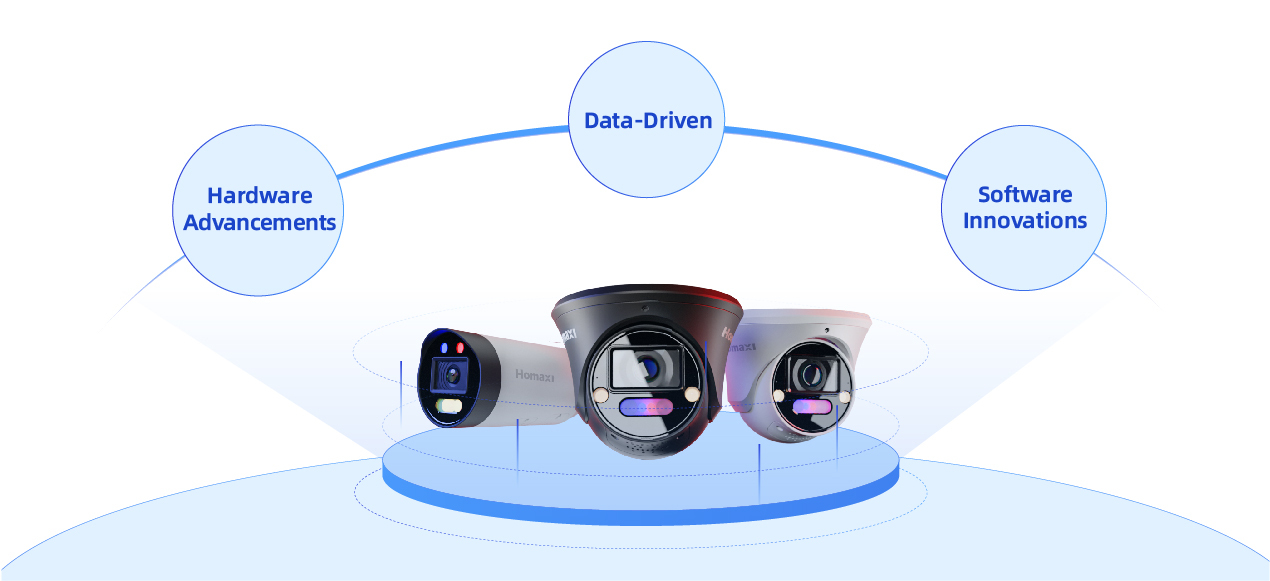
Basic Concepts: During their nascent stages, traditional ISPs primarily relied on hardware components and pre-defined algorithms to undertake image processing tasks. These included essential procedures such as demosaicing (the conversion of RAW images to RGB), white balance adjustments, color correction, sharpening, and noise suppression.
Advantages: Owing to their reliance on fixed processing steps, traditional ISPs boasted swift and real-time image processing capabilities, rendering them suitable for early digital cameras and mobile devices.
Limitations: However, the rigidity of fixed algorithms posed challenges, particularly when confronted with diverse shooting conditions such as low-light environments or high dynamic range scenes. This inflexibility often led to suboptimal image quality outcomes.
Incorporating Computer Vision: As computer vision technology advanced, ISPs began integrating a wider array of vision-based functionalities, including but not limited to face detection and scene recognition. These additions aimed to enhance the overall efficacy of image processing.
Algorithmic Progression: Alongside, sophisticated algorithms such as edge detection and texture recognition were employed to elevate image quality. For instance, dynamic adjustments in exposure and color balance were made possible through scene content analysis.
Limitations: Despite the improvements facilitated by computer vision integration, ISPs remained constrained by preset rules and models. Consequently, they occasionally struggled to effectively process complex or unfamiliar scenes.

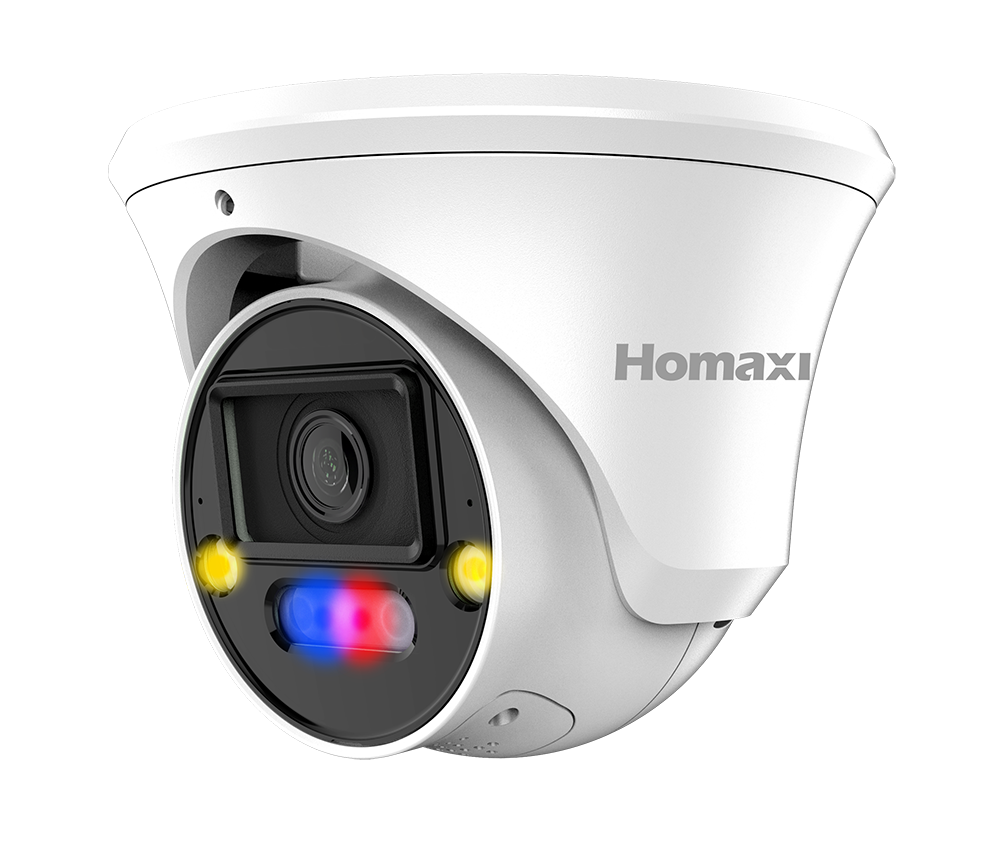

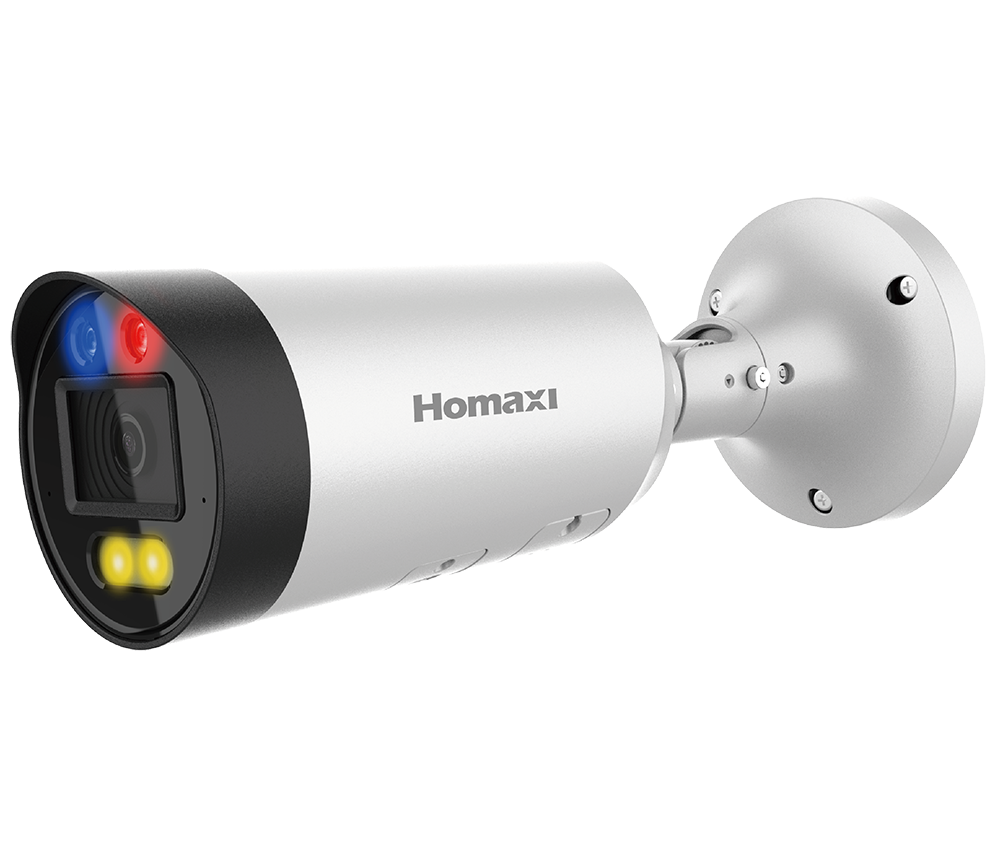
- Large Aperture (F1.0)
- Large BSI Image Sensor (1/1.8”)
- AI Image Processor (AI-ISP)
- Colorview technology provides 24/7 full-color image
- True 130dB WDR
- Built-in red and blue strobe light
- Built-in microphone and speaker, speaker – 110dB
- Audio I/O, Alarm I/O
- Smart motion detection, smart perimeter protection, face detection, people counting





